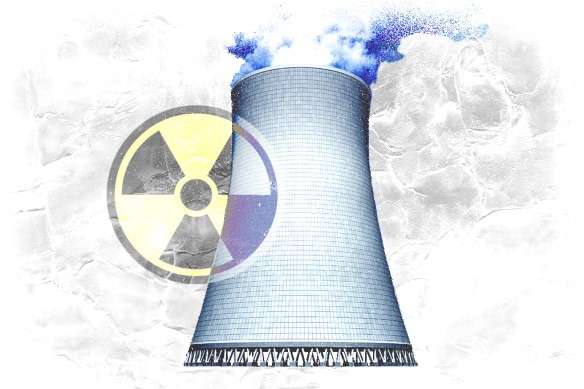Free Courses Sale ends Soon, Get It Now


Free Courses Sale ends Soon, Get It Now



Disclaimer: Copyright infringement not intended.
Context
Details
Key Highlights of the Report
Current Status of Nuclear Energy:
Study Findings and Scenarios:
Best-Case Scenario:
Challenges and Requirements:
Financial Implications:
|
PRACTICE QUESTION Q. Assess the significance of nuclear power in India's energy strategy. Discuss its potential contributions to economic development, environmental sustainability, and energy self-sufficiency. Evaluate the challenges and opportunities inherent in leveraging nuclear energy for India's future energy needs. |
© 2024 iasgyan. All right reserved